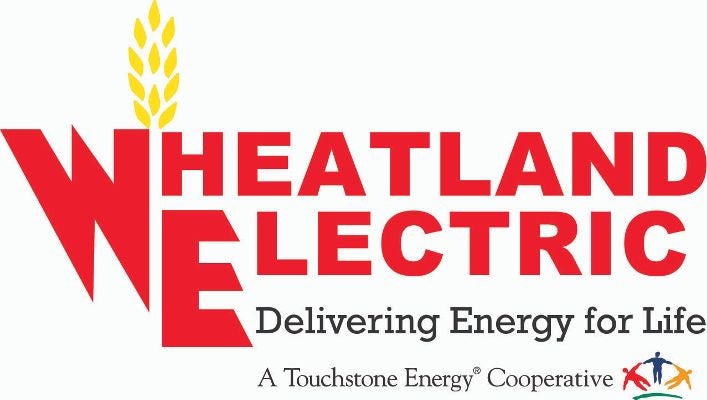Editor's note: This article was first published by the Smart Energy Consumer Collaborative based in Atlanta, GA.
Earth Day, the annual holiday promoting environmental awareness and action, is just around the corner: Saturday, April 22, 2023!
Celebrated globally since 1970, the day often sees commitments to environmentally friendly actions and policies from citizens, governments and corporations across the world.
While there are many routes you can take to be more eco-friendly this Earth Day, such as composting, recycling or planting trees, your household’s energy consumption is an area ripe with opportunities both big and small for lowering your overall carbon footprint.
Let’s look at five ways you can start saving energy this Earth Day!
1. Swap your most commonly used bulbs for energy-efficient LEDs.
LED bulbs have been transformative for residential electricity usage in the United States over the last decade, and switching your most-used light fixtures to LEDs is one of the smartest energy-efficient upgrades you can make around your home. If you haven’t made the switch yet, now is a great time to do so.
LED bulbs use at least 75 percent less energy and last up to 25 times longer than incandescent bulbs, according to the Department of Energy. The average American home has around 40 lightbulbs and replacing 40 incandescent bulbs with LEDs could result in savings of $300 a year on energy costs! For additional benefits, you can opt for smart LEDs that can be dimmed, controlled remotely and more.

2. Upgrade to a heat pump to efficiently heat and cool your home.
Space heating and air conditioning accounts for about half of a home’s total electricity consumption, so any improvements in this area will significantly reduce your carbon footprint and your monthly energy bills. The air-source heat pump is a long a favored technology of energy efficiency experts and now is a great time to upgrade due to incentives included in the Inflation Reduction Act.
According to an analysis by the nonprofit Rocky Mountain Institute, heat pumps are between 2.2 and 4.5 more efficient than even an ENERGY STAR-certified gas furnace, so installing one can help you significantly cut emissions from heating your home. With the Inflation Reduction Act, there are potentially up to $2,000 in tax credits and up to $8,000 in upfront discounts for switching (though your specific incentives will depend on your income level and other factors).
By the way, did you know we offer a rebate program for new installation of heat pumps, exclusively for residential co-op members? Learn more here!

3. Install a smart thermostat to maximize heating and cooling savings.
Speaking of HVAC improvements, a smart thermostat is one of the best ways today to make a dent in your overall energy usage. These devices can deliver annual savings of up to 15 percent or more on heating and cooling and can save potentially save you hundreds of dollars per year (depending on home size, behaviors and other factors) and significantly reduce the environmental impact of your home’s energy usage.
Smart thermostats today are no longer the luxury device that they were five to 10 years ago, and there are many different options depending on your budget and desired features. Many power companies also offer rebates to help their customers access these energy-saving devices, so if you’re considering one, it’s worthwhile to check with them before purchasing.
We also offer a rebate (up to $25) for installation of new, at-home advanced programmable thermostats. Learn more about our residential rebate programs.

4. Consider other smart home devices, including smart outlets and plugs.
Beyond smart thermostats, there are a number of other smart home devices that can help reduce your home’s energy consumption. If you haven’t dipped your toes in these waters quite yet, smart plugs (or related technologies like the smart outlet or smart power strip) are a great place to start.
These devices are relatively inexpensive and have numerous uses beyond energy efficiency. With smart outlets, you can turn nearly any “on/off device” into a smart device. You can set a schedule for when your appliance operates, use an app to control remotely or connect it to your smart speaker, and sometimes even see your real-time energy consumption for the device plugged into it.

5. Weatherize your home to prevent overworking your HVAC system.
Finally, ensuring that your home is sealed to the elements is an essential first step of making your house more energy efficient. If your home has air coming in around your doors and windows or in the attic, you may be wasting a considerable portion of the cool air that your HVAC system is producing, causing the system to work excessively.
Caulking and weather-stripping are two easy ways to seal leaks around your home. Caulk is used for cracks and openings around stationary features, such as window frames. And weather-stripping is used to seal components that move, such as doors and windows. These simple DIY tasks may be able to save you up to 20 percent on your cooling costs.
Springtime is the perfect time to make home energy improvements before the heat of summer rolls in. This Earth Day, make a commitment to use energy efficiently at home – you’ll lower your carbon footprint and see a noticeable impact on your monthly bills.


